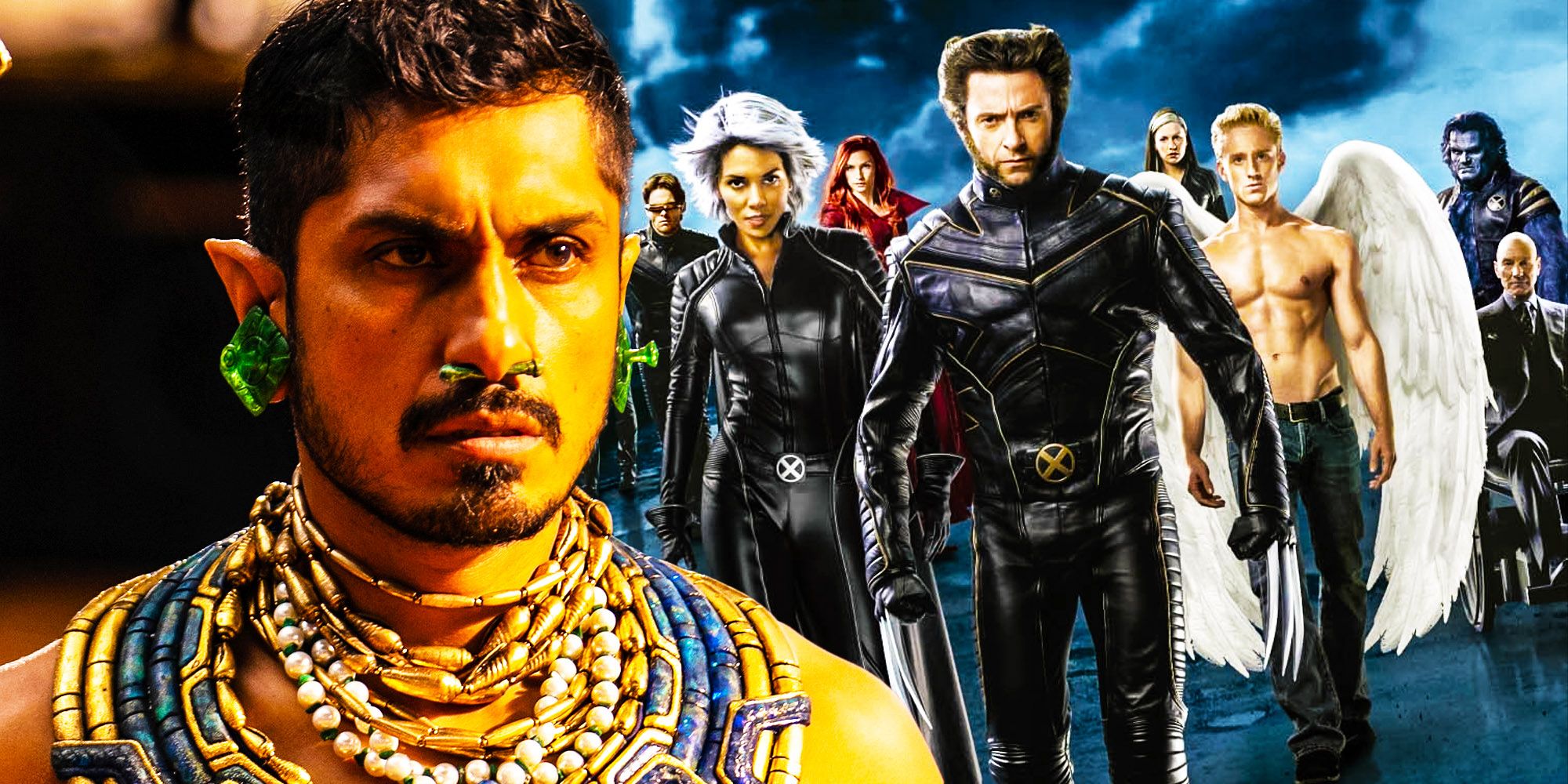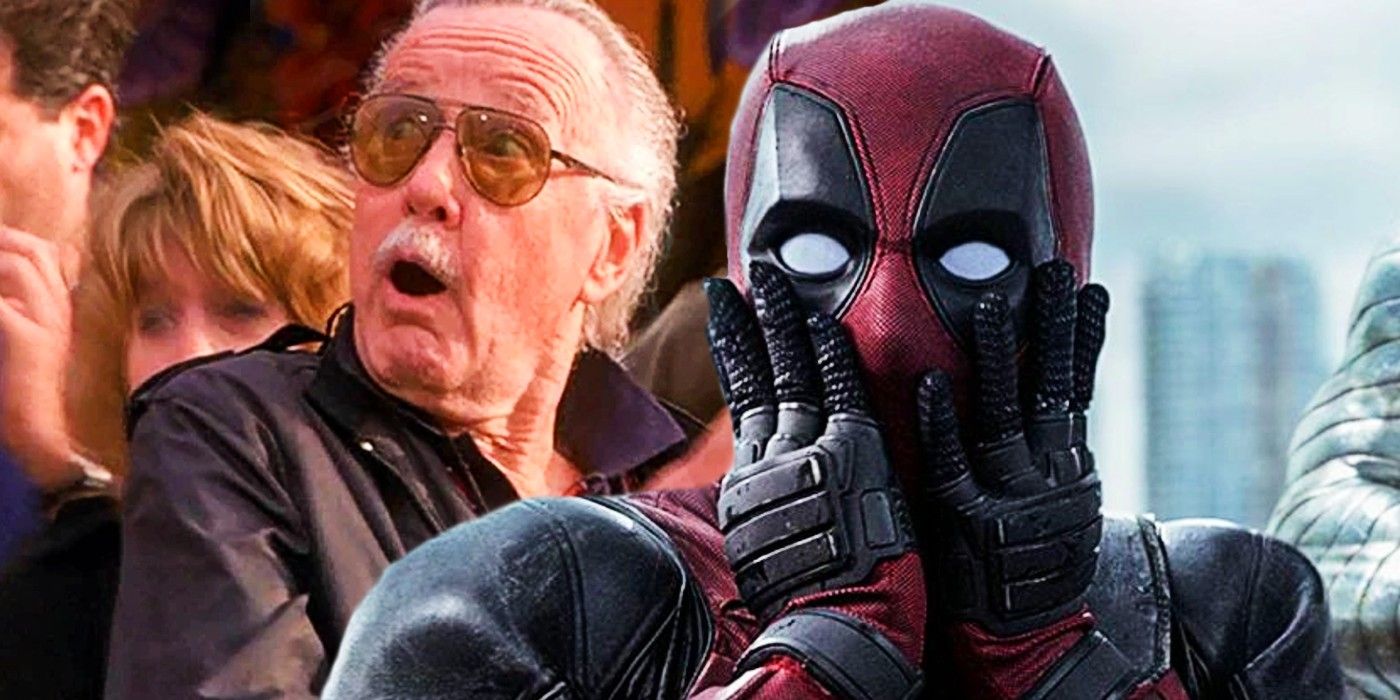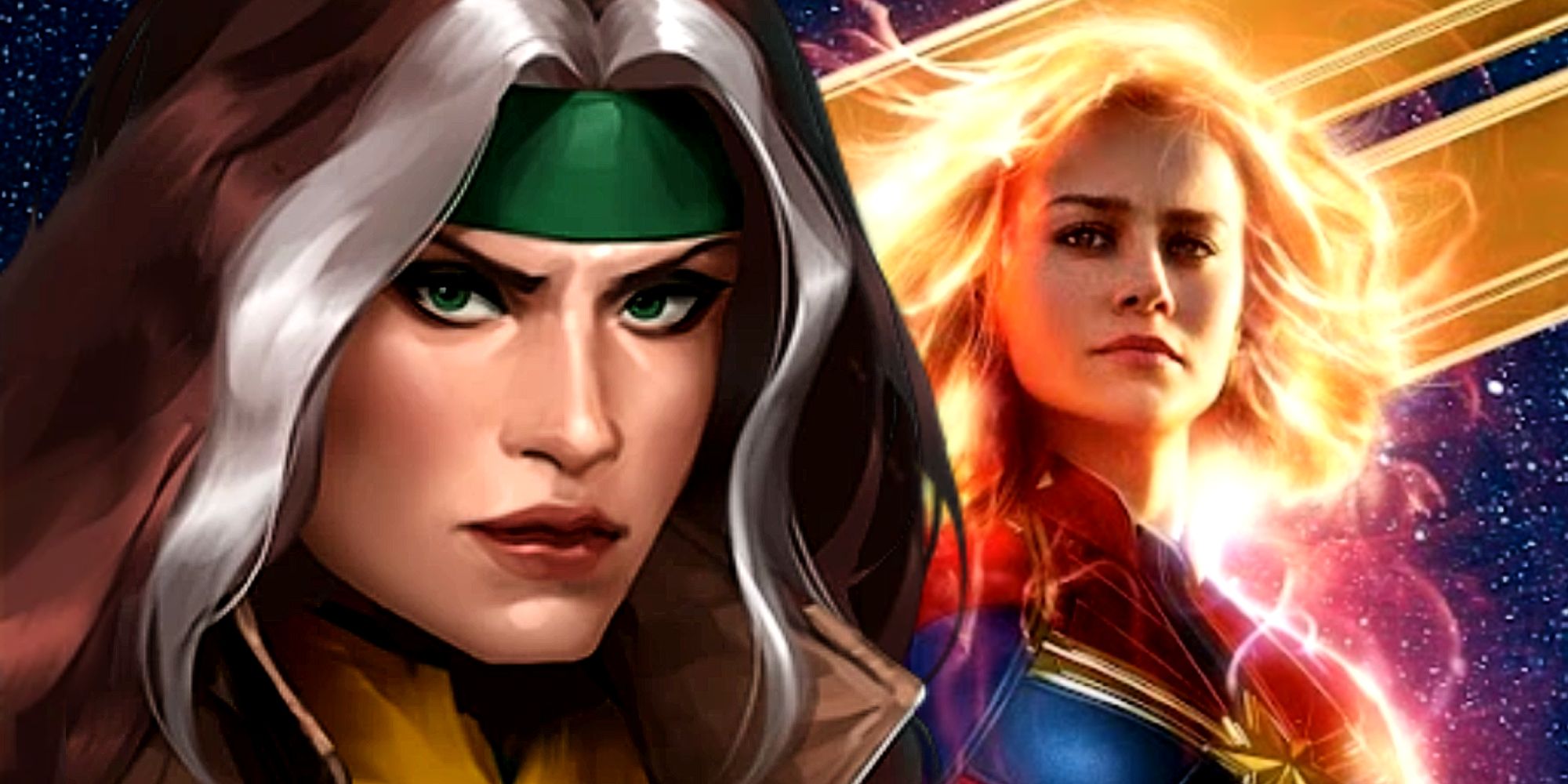MCU Just Made Marvel’s Original Mutant Explanation Impossible
With its introduction of Namor, the MCU has moved it’s mutant origin story a long way from creator Stan Lee’s original vision for other characters.
The X-Men have been a huge part of Marvel lore since their introduction in the 1960s, yet Black Panther: Wakanda Forever has just made their original origin story impossible in the Marvel Cinematic Universe. Famously conceived as “children of the atom” by visionary writer Stan Lee, the concept of mutation has a storied comic book history, tapping into society’s hesitancy towards the minority and the dangerous consequences of discrimination. While any MCU adaptation could still explore these same themes, the origins of mutants themselves could be very different, potentially leading to a different style of storytelling.
A key difference between the X-Men of the comics vs the MCU’s mutants is the concept of radiation. Having been conceived in the 1960s, when nuclear paranoia was at its height, the new Marvel team played on the transformative impact of mutation, tying the new heroes to contemporary concerns about nuclear armageddon. However, with the introduction of Namor and the revelation of his mutant status, it’s apparent that the MCU is taking a different approach. In establishing him as a 500-year-old mutant whose mutation was triggered after exposure to a vibranium meteorite, it’s clear that the MCU wants to expand the scope of its mutants beyond their Cold War origins. In this way, the MCU’s mutants will no longer be “children of the atom“, as Stan Lee intended, but will be able to trace their powers from events throughout history, breaking and weakening the historical link with radiation.
Why Stan Lee Imagined A Mutant Boom In The 1960s
Given the international political situation in the 1960s, Stan Lee’s concern with the impact of radiation and atomic weaponry is understandable. Key diplomatic events such as the Cuban Missile Crisis, which took place just a year before the X-Men’s Marvel introduction, were defined by the fear surrounding nuclear conflict and the inevitable disastrous fallout. Like other creatives, Lee was aware of the transmutative potential of radiation, without necessarily understanding the science. As such, it’s unsurprising that Lee envisioned a collection of people transformed by the effects of radiation, even if they weren’t all directly linked to nuclear war.
Lee was not alone in taking inspiration from the societal concerns of the mid-20th Century. Dozens of iconic works, from the original Godzilla to Night of the Living Dead, all owe their origins to the fear surrounding the vast, mysterious power of the nuclear age and its subsequent effect on society. Throughout the 50s, 60s, and 70s, radiation became a key plot point in a number of transmedia projects, and Marvel was no exception. The fact that Phase 4 of the MCU has slightly altered the parameters of the conversation around its mutants has more to do with contemporary societal concerns rather than a judgment of Stan Lee’s original inspiration.
Can The X-Men Still Be Children Of The Atom?
Although calling Namor a “child of the atom” seems misplaced, there are still ways the MCU’s X-Men and other mutants can honor Stan Lee’s original intentions. Currently, all of the MCU’s latent mutations need to be triggered by an external event. Although nuclear power hasn’t yet played a role in the burgeoning mutant conversation, there’s nothing stopping future MCU mutants from being created by exposure to radiation. This could not only provide a compelling character origin story, but could also be a perfect way for the Marvel Cinematic Universe to honor its comic history.







